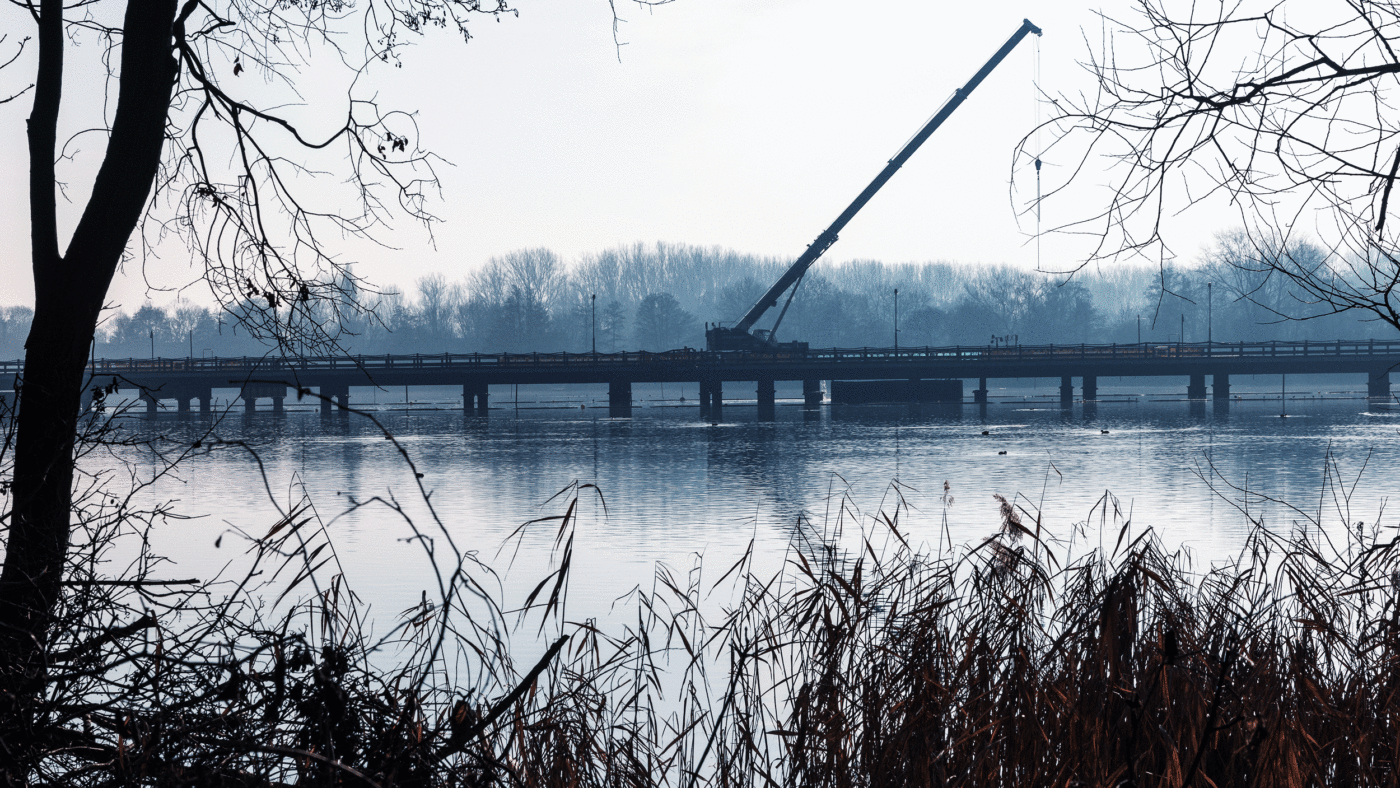A single proposed road project on the border of Essex and Kent serves as a microcosm of Britain’s most pressing economic problem – our singular inability to get things built.
The planned Lower Thames Crossing aims to relieve pressure on the Dartford Crossing, the only fixed road crossing east of Greater London.
That it’s urgently needed is beyond doubt. The Dartford Crossing is at capacity, carrying 180,000 vehicles on its busiest days, despite having a total design capacity of 135,000. The Lower Thames Crossing would relieve congestion and improve air quality by diverting over 13m vehicles away from Dartford every year. Yet delivery of the project, first proposed in the late 2000’s, has been waylaid by our dysfunctional planning system.
Some £800m has already been spent on planning the Crossing, and its application is the longest planning submission in British history, totalling 63,000 pages across 584 separate documents.
Despite all this work, Transport Secretary Mark Harper last week announced that the project would be delayed a further two years to allow for the project to pass its Development Consent Order process. Work on the road will now only start in 2026, with completion in 2031.
At the same time, costs for the project have ballooned. As Robert Colvile points out, just two years ago the three main contracts for the project were priced at £3.9bn. It’s now expected to cost £9bn. With this additional two year delay, campaigners are now hopeful that the forthcoming general election will mean the project is shelved for good.
Mr Harper’s statement also saw announced delays in the delivery of the A27 Arundel bypass, the A5036 in Liverpool and further salami slicing of the HS2 rail project, with the Birmingham to Crewe leg of the project being delayed another two years to cut costs.
On a per-mile basis, HS2 is the world’s most expensive railway under construction, costing more than twice as much as similar projects elsewhere. According to industry insiders, our planning system is a major factor behind these costs.
It’s not just in transport infrastructure that we see the problem of burgeoning cost and delays. Britain built the world’s first commercial nuclear power station, but it has been 27 years since we last built one.
Likewise, it can take up to 13 years to build a new offshore wind farm, yet actually building them takes just a fraction of this time. The Hornsea 3 wind farm off the Norfolk coast is a good example. When finished, it will be the largest offshore wind farm in the world, generating enough electricity to power 3m homes, while creating 5,000 jobs. Yet the project has been delayed four times, and isn’t set to come online till 2027, despite originally being proposed in 2016.
Simply put, the overall planning system for major infrastructure projects isn’t working properly.
This is borne out by Britain Remade analysis of ‘Nationally Significant Infrastructure Projects’- the planning framework for major infrastructure developments such as power plants, large renewable energy projects, and major road projects – which finds that the system is getting slower, with developers now waiting five months longer for planning decisions than they were in 2012.
Not only that, but the share of planning decisions being delayed has more than doubled since 2017 from 20% to 43%. And, in a bid to circumvent legal challenges related to environmental impacts and compliance with habitats regulations, the average number of planning documents for major planning submissions has tripled in the last eight years. Ironically, environmental impact assessments are longer than ever before, even as Britain remains one of the most nature-depleted countries in the world.
In fairness, the Government acknowledges some of the problems with delivering infrastructure. Last month it published its ‘Nationally Significant Infrastructure Projects Reform Action Plan‘, which proposes to publish up-to-date national policy statements on a whole host of infrastructure project types. This would provide certainty to developers, who are essentially currently forced to guess what the national policy on nuclear or roads is, instead of being able to rely on an up-to-date statement of policy. This is a welcome commitment, and the Government should accelerate the speed at which these are produced – in particular the Nuclear policy statement, which isn’t due to be produced until 2025.
With a more predictable and faster planning system it’s likely many more infrastructure projects would be proposed and built. In short, the damage caused by our planning system is likely to be underrated, as bad planning rules lead to heightened uncertainty and fewer infrastructure projects leaving the drawing board.
If we want to get building and get our economy growing, we need to fix our dysfunctional planning system.
Click here to subscribe to our daily briefing – the best pieces from CapX and across the web.
CapX depends on the generosity of its readers. If you value what we do, please consider making a donation.


